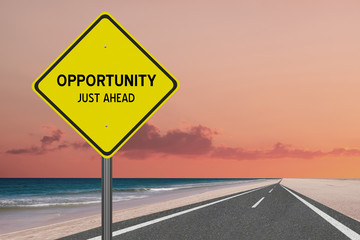One of my fondest memories, when returning to work after my first maternity leave in 2006, was my employer agreeing to try out a new model that I proposed. I would come back to the office three days a week, then slowly scale up to four days, eventually introducing the fifth day as a work-from-home option. This was a fairly new approach at the time, creating an environment that worked for me personally and professionally. I’ll always appreciate my manager’s willingness to try this simple idea out, when several would have passed on it. Later, when other mothers transitioned back to work over the years, many chose to do the same. What was initially a personal request morphed into an innovative solution that others benefited from, eventually becoming a normal part of the company’s culture. Personal preferences morphed into a creative solution which led to collective change.
While today’s work environment is dealing with change on a much greater scale, being open to new ideas – both large and small – could benefit us all. Still thinking about whether to dust off the cubicles and calculate how far chairs should be positioned at the conference table? What if we took a much more creative approach to problem solving the corporate set-up, beyond mapping out the physical space and considering who returns back to the office when?
What if we imagined a new way of ‘working’ that entailed a four or – gasp – three-day workweek? What if we implemented progressive job sharing options; more permanent work-from-anywhere opportunities; or a customized combination of other creative scenarios that we haven’t explored before? What if there was a how-I-will-do-this-work menu to choose from – one that adapted to the role and the specific scenario of the person behind the position? Is this just a fairytale or is it an opportunity to challenge the status quo (at least where traditional corporate roles are concerned)?
As cities, countries and corporations prepare their post-pandemic, ‘new normal’ or ‘next normal’ scenarios, what if they leveraged the collective creativity of their employees, city planners, architects, families (and other innovative contributors) to consider a completely new way of working? One that considers the long-term effects COVID-19 will have on the people we live with and love. One that balances the need to socially distance on public transit, in elevators, and around small offices. One that considers the challenges that a sandwich generation face as they take care of small kids and ageing parents. One that integrates working remotely with working smartly, and not just translating the commuting hours into a longer work day. One that embraces the collective trauma we’ve faced as a global community.
While I don’t know exactly what this vision would entail, I truly believe that this time, this challenge, and this change provides us with an opportunity to reconfigure our current work environment and possibly rethink the five-day corporate workweek. It’s something Scandinavian countries have tried – albeit with mixed results in some places – that we’ll likely have a bigger appetite for going forward.
As companies contemplate how to rebuild post COVID-19, let’s brainstorm beyond staggered work hours and the physical parameters of current office design. Let’s dream bigger and engage with a diverse set of thinkers to create a new way of working from home, office or other places. Let’s consider what a different work world could look like beyond what we’ve done, seen or even imagined. Let’s personalize our professional lives to reflect the people and possibilities behind the work. Let’s consider ‘what if’, in this brave new world that will be anything but ‘normal’ from hereon in.


